Blog Posts Tagged Chemical Reaction Engineering Module
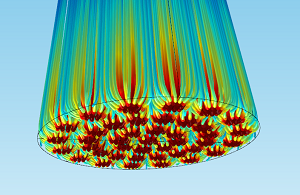
New and Revamped Chemical Engineering Interfaces
Get an overview of the modeling interfaces for reaction engineering and mass transport in COMSOL Multiphysics®, including the Chemistry and Reaction Engineering interfaces.
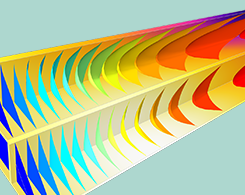
Modeling Approaches in Heterogeneous Catalysis
Get an introduction to heterogeneous catalysis, the main steps for chemical species in heterogeneous catalytic reactions, adsorption-desorption models, surface reactions, and much more…
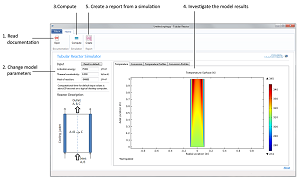
Apps for Teaching Mathematical Modeling of Tubular Reactors
Chemical engineering students can use the Tubular Reactor app to model a nonideal tubular reactor and investigate the impact of different operating conditions. Learn more >>
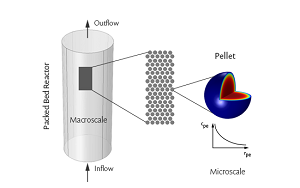
Multiscale Reactors: Cleaning the Flows
Packed bed reactors are used in chemical synthesis and for effluent treatment and catalytic combustion, are often required for heterogeneous catalysis, and commonly include catalyst pellets.

Modeling Hydrodealkylation in a Membrane Reactor
Hydrodealkylation is a hydrogen-intensive process. We demonstrate using the thermodynamics modeling features in the COMSOL® software to analyze this process in a membrane reactor.
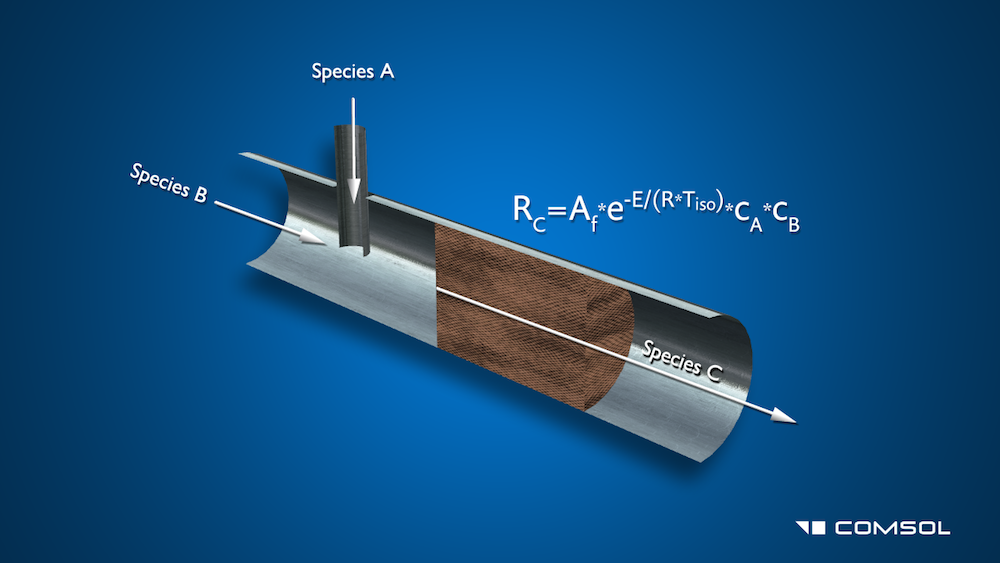
Modeling Reacting Flow in Porous Media
This blog post and embedded tutorial video demonstrate what inputs are required and what results you can obtain when modeling a porous reactor in COMSOL Multiphysics®.
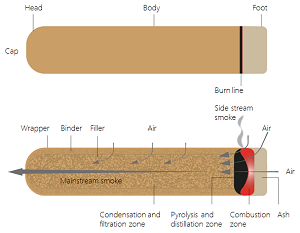
Sometimes a Cigar Is More Than Just a Cigar
Are you a casual stogie fan? A cigar aficionado? We show off a simple model of a cigar to study the temperature distribution of the smoke and concentration of oxygen.
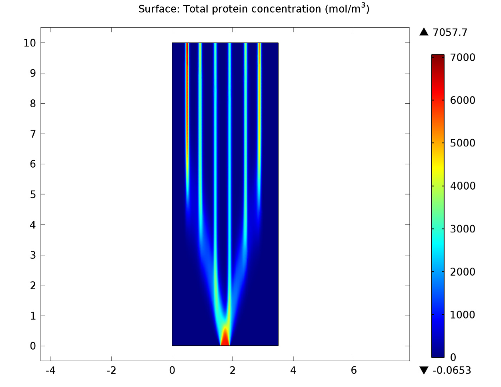
Isoelectric Focusing and the Migration of Chemical Species
Isoelectric focusing is a type of electrophoresis used by researchers to identify small chemical differences between molecules. Learn about using the COMSOL® software to analyze this process.
